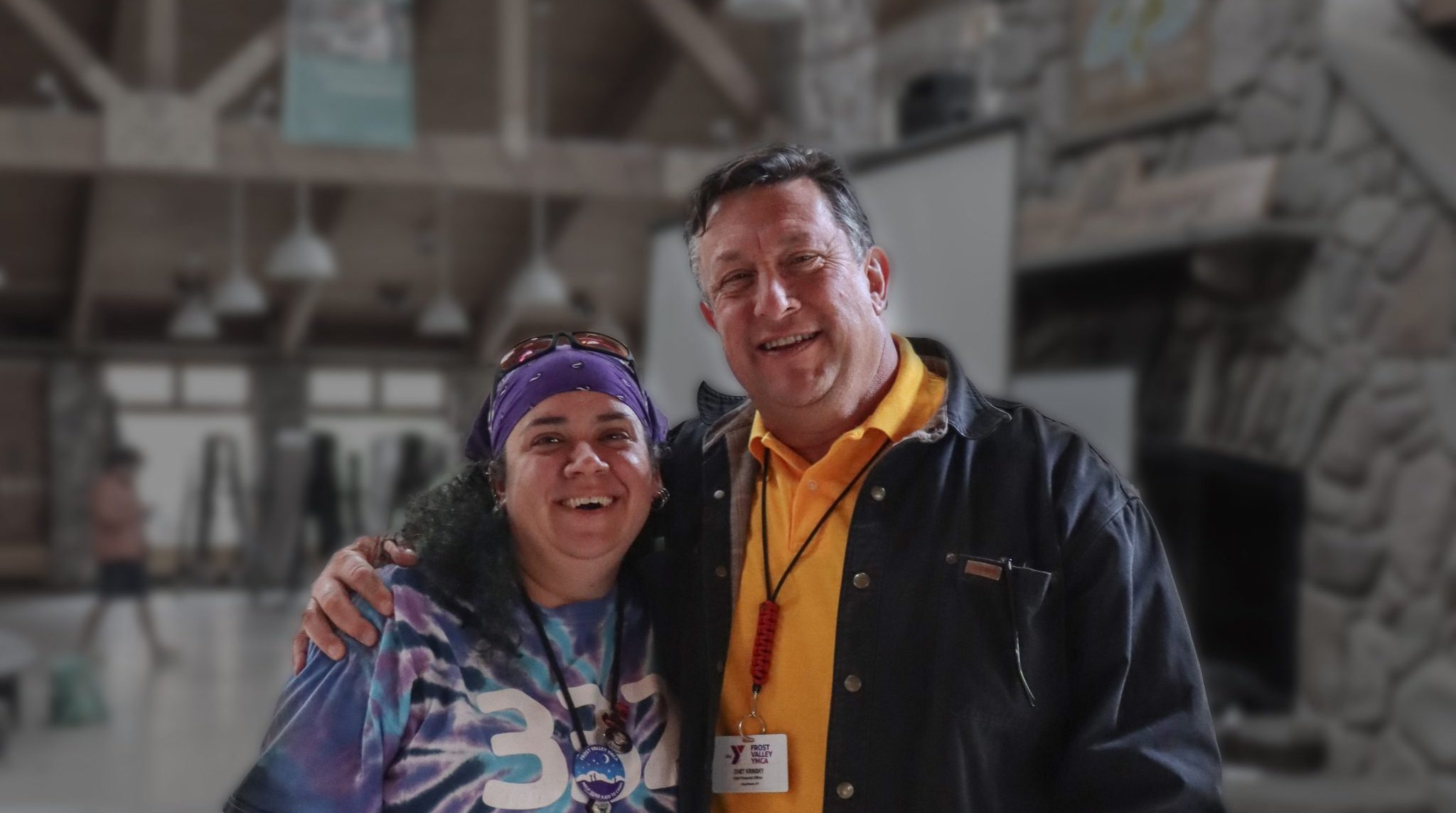
Dirty Duds and Clean Alternatives

It won’t be long before the first session of summer camp wraps up and parents can expect their campers home with a load of dirty laundry. Are you prepared?
Laundry detergent is one of the essential household items that people may not think twice about purchasing; however, a quick look at the ingredients can make a conscientious shopper reconsider loading it into the shopping cart.
A little research into typical ingredients found in common laundry detergents revealed some surprising findings of different possible side effects including but not limited to the following: skin and respiratory irritation, gastrointestinal distress, and sometimes nausea and vomiting![1] The US Department of Health & Human Services database lists common ingredients found in commercial products include Alcohol ethoxysulfate salt, Sodium carbonate, Subtilisin (proteolytic enzyme), and C12-15 Alcohol Ethoxylates.[2] Not only are these ingredients nearly impossible to pronounce, they sound a bit scary. Combine these factors with the overwhelmingly powerful scents added to make your laundry clean-smelling and you have a questionable product in your laundry room.
There is a simple and effective solution—make your own detergent. Reasons to make homemade laundry detergent include:
- It is all natural without a bunch of added fragrances
- It is much less expensive than commercial products
- It is simple to make
- It works
Homemade Laundry Detergent Recipe
½ c. washing soda (found in the laundry aisle at your grocery store)
½ c. Borax (usually found right next to the washing soda)
½ bar castile soap (grated)
1 teapot of boiling water
Pour the boiling water into a large bowl and add the grated soap. Whisk until soap dissolves and then add the washing soda and borax. Blend thoroughly, allow to cool and store in a tub with a lid (an empty coffee canister works!). Then just add a tablespoon (you read that right—you can always add 2 to set your mind at ease) to your wash and let the low suds action do the rest. It is just that easy!
The recipes researched describe the consistency of the detergent as liquid but this author has found it to be more of a gelatinous mixture. This recipe has been in use at my home for over 2 years and has not disappointed. Add some essential oil to the wash to give a nice scent, if desired.
The cost of a washing a load of laundry using the above recipe is merely cents compared to commercial detergent. You are doing the environment a favor by reducing the amount of chemicals seeping into the watershed and your clothes will look clean too—how’s that for a fresh perspective?
[1] https://householdproducts.nlm.nih.gov/
[2] Ibid.
ABOUT THE AUTHOR
Olivia Lightle
Olivia has worked at Frost Valley since 2015 in her role as the Assistant Director of Program Innovation. She is an avid gardener, cook and outdoor enthusiast.
More posts by Olivia Lightle
Categories
- Posts
- Comments
#frostvalleyymca



















Comment